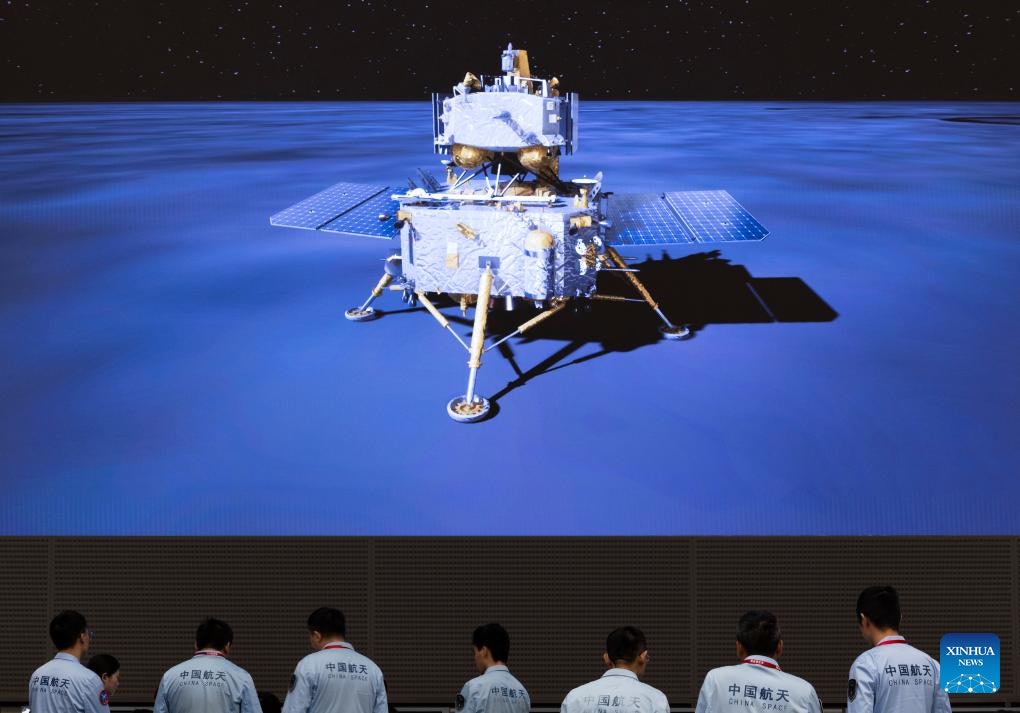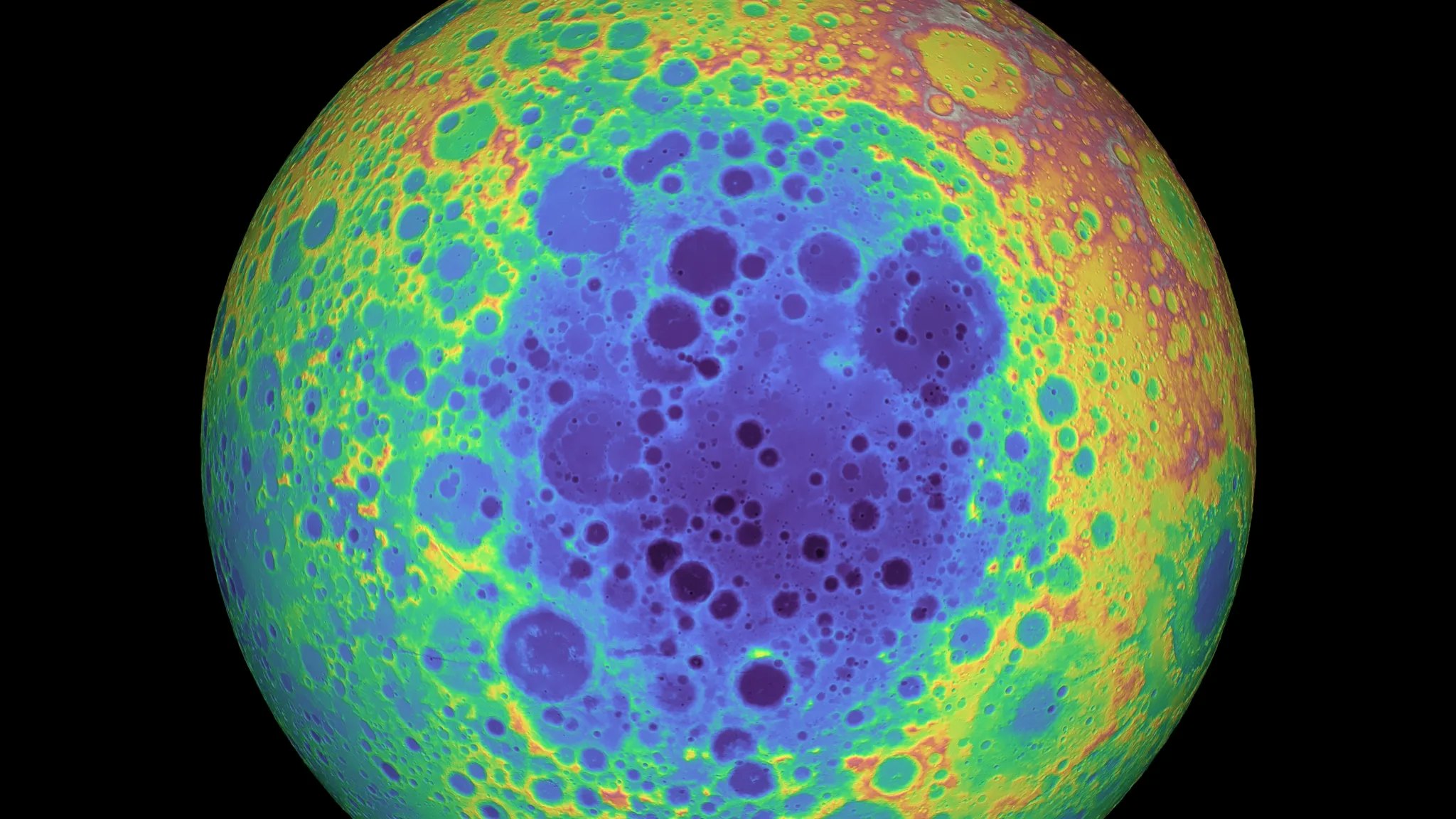
China’s Chang’e-6 mission to the far side of the Moon has hit the ground running.
On Saturday, the latest of the Chang’e lunar fleet landed on the side of the Moon we cannot see from Earth. The mission aims to collect about four and a half pounds of material, and then will ship the samples to Earth. This includes surface regolith, or Moon dirt, as well as excavated material buried as far down as six and half feet deep, obtained with its scoop and drill.
Chang’e-6 is in a lucrative place. Known as the South Pole-Aitken (SPA) basin, it’s full of ejected lunar mantle material. The landscape is therefore rich in information about the history of the Moon and the Solar System, according to the non-profit organization The Planetary Society. Closer to the present day, the lunar south pole is where space agencies are keen to place their 21st century astronauts. That’s because frozen water might be trapped here.

To investigate a relatively flat site in what is otherwise rugged terrain, Chang’e-6 carries a suite of survey cameras. France, Sweden, Italy, and Pakistan also contributed instruments and payloads to the spaceflight. Reports suggest that a previously undisclosed Chinese Moon rover also came along.
The lunar far side has its challenges
Chang’e-6 overcame a major obstacle thanks to the Queqiao-2 satellite. It relays messages between the lunar far side and mission control back on Earth. But, there’s still an issue.
“Due to the moon's obstruction, the Earth-moon communication window period on the far side of the Moon, even with the help of the Queqiao-2 relay satellite service, is still shorter than that on the near side,” according to officials from the China National Space Administration (CNSA).
Chang’e-6’s predecessor, Chang’e-5, took about 22 hours to collect the lunar regolith during its 2020 mission to the lunar near side. But the far side’s limitations has reduced Chang’e-6’s sampling time to about 14 hours, CNSA added.
Once the samples are taken, they’ll enter an ascent vehicle mounted on the top of the lander. This will launch up towards an orbiting module, then will enter a capsule designed to survive reentry through Earth’s atmosphere. Estimated delivery date of this precious parcel in June 25.







